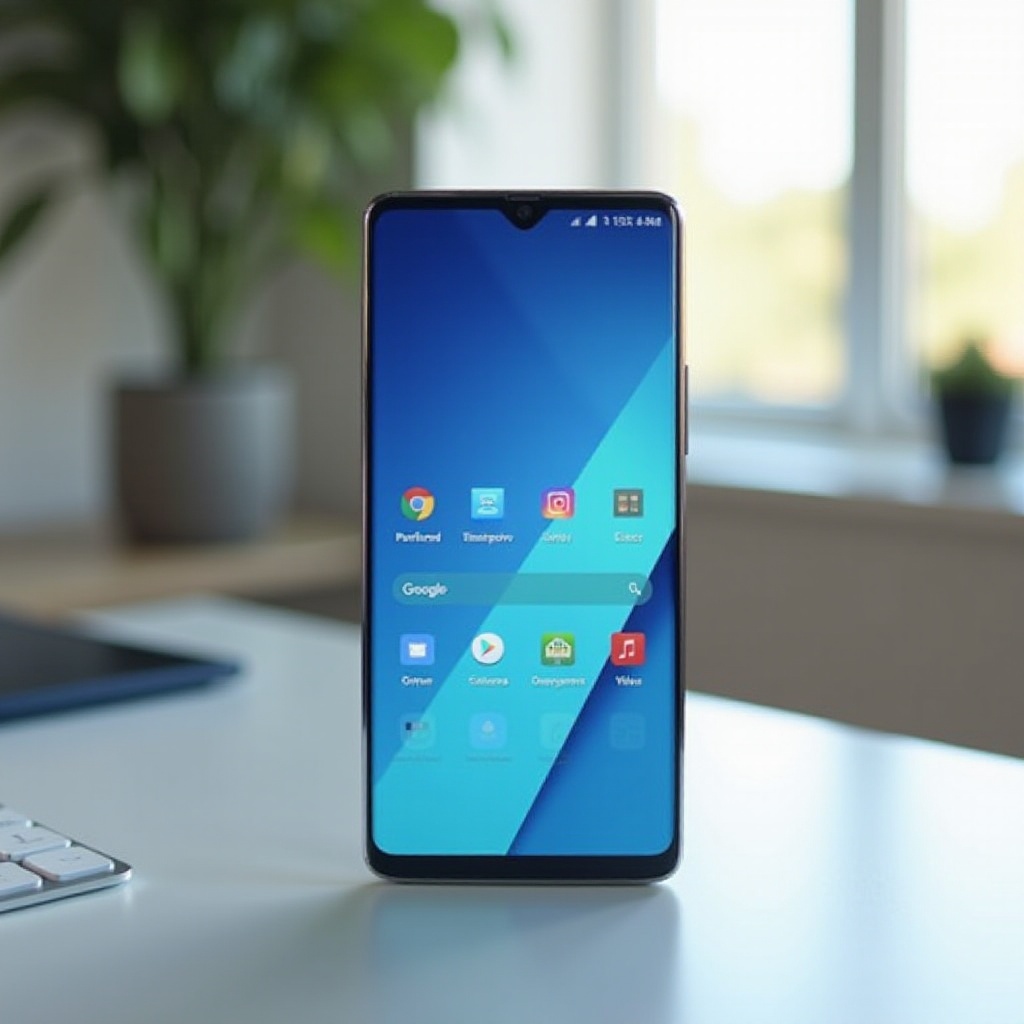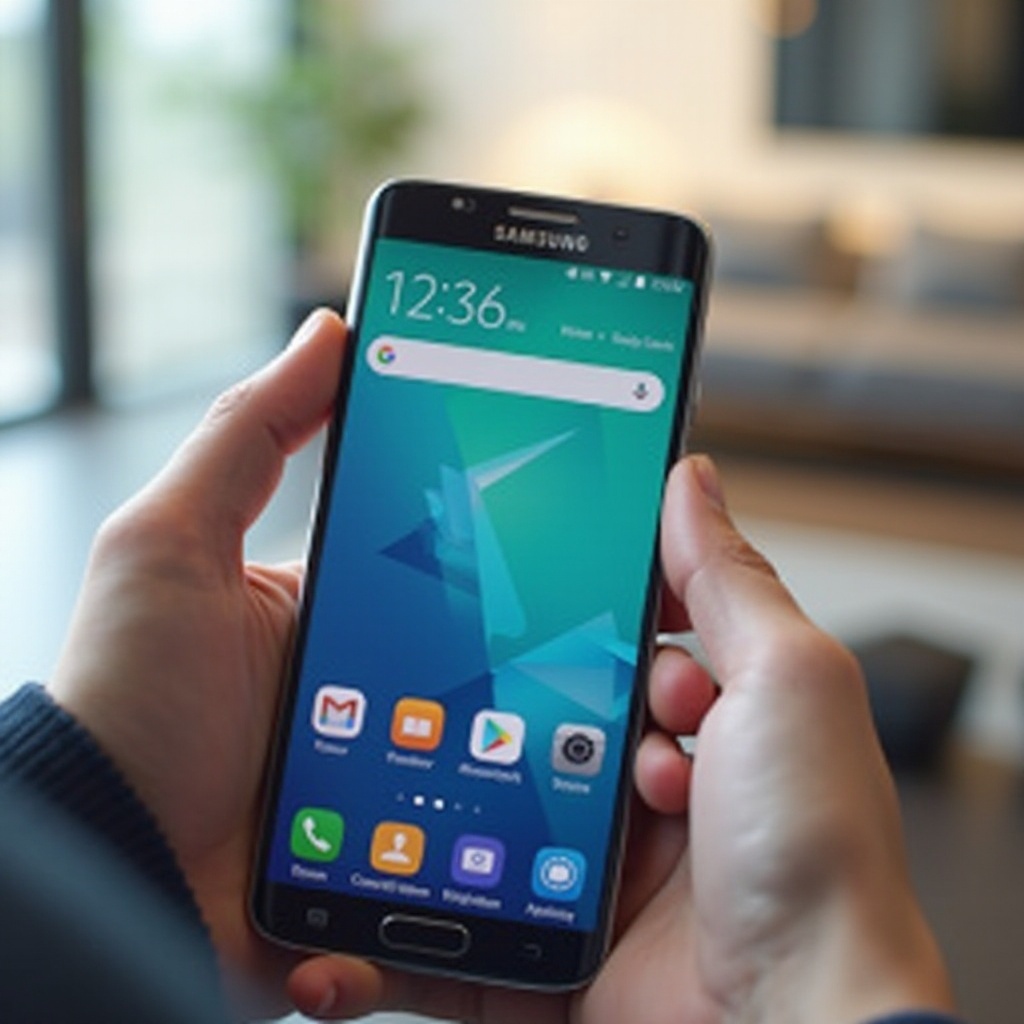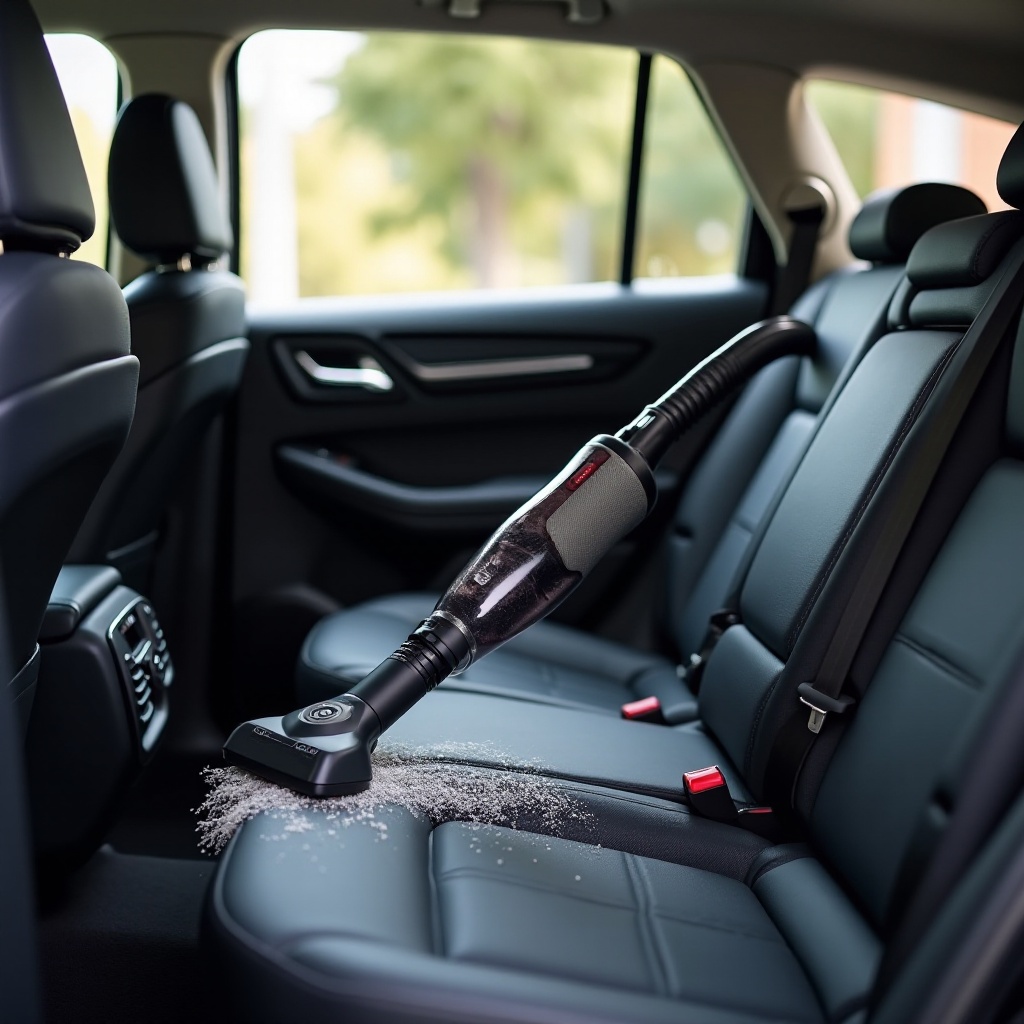Introduction
Customizing your Samsung home screen can significantly enhance your experience with your device. The home screen is essentially your dashboard, making it vital to set it up to fit your preferences and maximize efficiency. In this guide, we’ll walk you through the initial setup, managing app icons and folders, advanced customizations, and maintaining your home screen. Let’s dive into mastering your Samsung home screen settings so that your device serves you exactly the way you want it to!

Initial Setup of Your Samsung Home Screen
Setting up your Samsung home screen for the first time? It’s important to consider your personal preferences and practical needs. Getting the basics right will lay a strong foundation for advanced customizations later on.
Choosing Your Home Screen Layout
When you first power up your Samsung device, you’re prompted to select a home screen layout. You can choose a standard grid layout or something more customized. Navigate to Settings > Display > Home screen and choose the layout that suits you best. Take your time to explore widget placements and icon sizes as well.
Adding and Organizing Widgets
Widgets offer quick access to information and functionalities. To add a widget, press and hold an empty space on your home screen, select ‘Widgets,’ and then choose from the available options. Once added, you can reposition them by pressing and dragging. Long-press to resize as necessary to fit your layout preferences.
Changing Wallpapers
Changing your wallpaper is another simple yet powerful customization. Go to Settings > Wallpaper and look through Samsung’s gallery or your own collection. Choose a dynamic wallpaper for a lively touch or a static image to keep things simple. Select ‘Set as wallpaper’ to apply changes.

Managing App Icons and Folders
Now that your home screen layout and widgets are in place, let’s focus on app icons and folders. Efficient app management enhances the usability of your device.
Adding and Removing App Icons
To add an icon, open your app drawer, press and hold the desired application, and drag it to your home screen. Removing icons is just as straightforward—long-press on the icon and select ‘Remove’ to declutter.
Creating and Managing Folders
Folders can minimize clutter and keep your apps organized. To create a folder, drag one app icon over another. A folder will automatically generate, allowing you to name it accordingly (e.g., ‘Social Media’ or ‘Productivity’). Open the folder and drag additional apps into it to keep your screen tidy.
Moving Icons and Rearranging Layout
Want to rearrange your app icons? Simply long-press on any icon and drag it to your desired location. You can move icons between pages or within folders to make frequently accessed apps quickly reachable.
Advanced Customizations
Initial setup and basic management are just the beginning. Let’s delve into some advanced customizations that can help you personalize your Samsung home screen further.
Using Third-Party Launchers
Third-party launchers can drastically transform the look and feel of your home screen. Popular options include Nova Launcher and Action Launcher. Download and install your preferred launcher through the Google Play Store. Open the app and follow the setup instructions to customize layouts, animations, and more.
Gesture Controls
Gesture controls can make navigating your device more fluid and intuitive. Activate gesture controls by going to Settings > Advanced Features > Motions and gestures. Here, you can customize functionalities like swiping up to open the app drawer or down to pull down the notification shade.
Custom Icon Packs
Another way to personalize your home screen is by using custom icon packs. Download an icon pack from the Google Play Store and apply it through a third-party launcher. Custom icons can give a unique touch to your device, setting it apart from the standard Samsung icons.
Maintaining Your Home Screen
Regular maintenance helps keep your home screen functional and hassle-free. Here are some tips to ensure it stays in top shape.
Periodic Clean-Up
Periodically review your home screen and remove any unnecessary widgets, icons, or folders. A less cluttered screen is easier to navigate and more visually appealing. Aim for a clean-up session every few weeks or whenever you feel your screen is getting crowded.
Backing Up Your Home Screen Layout
Avoid losing your custom settings by backing up your home screen layout. Go to Settings > Accounts and Backup > Backup and Restore. Select ‘Back up data’ and make sure ‘Home screen’ is checked. This ensures a brisk recovery of your layout in case of data loss.
Scheduling Home Screen Shortcuts
If you frequently use certain apps at specific times, you can use automation tools like Samsung’s Bixby Routines or third-party apps like Tasker to schedule home screen shortcuts. This way, you always have the right tools at your fingertips when needed.

Conclusion
Mastering your Samsung home screen settings is about blending functionality with personal style. From the initial setup to advanced customizations and maintenance, your home screen should make your device easy to use and visually pleasing. Follow this guide to create a user-friendly and aesthetically pleasing home screen that’s uniquely yours.
Frequently Asked Questions
How do I add widgets to my Samsung home screen?
To add widgets, press and hold an empty space on your home screen, select ‘Widgets,’ choose your preferred widget, and place it on the screen.
Can I use a third-party launcher on my Samsung device?
Yes, you can download and install third-party launchers like Nova Launcher from the Google Play Store for enhanced customization options.
How do I back up my home screen layout on Samsung?
Navigate to Settings > Accounts and Backup > Backup and Restore. Select ‘Back up data’ and ensure ‘Home screen’ is checked.


